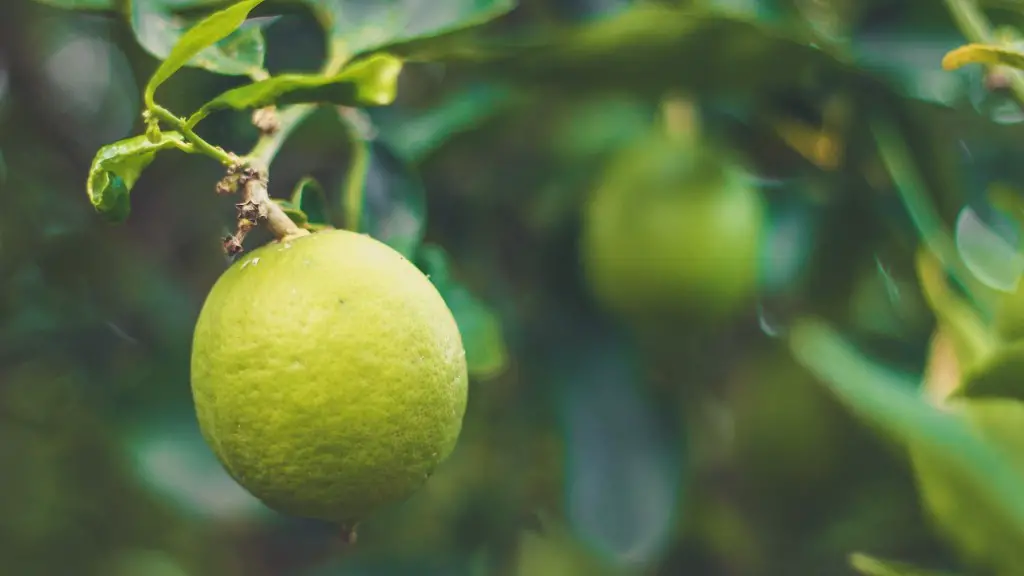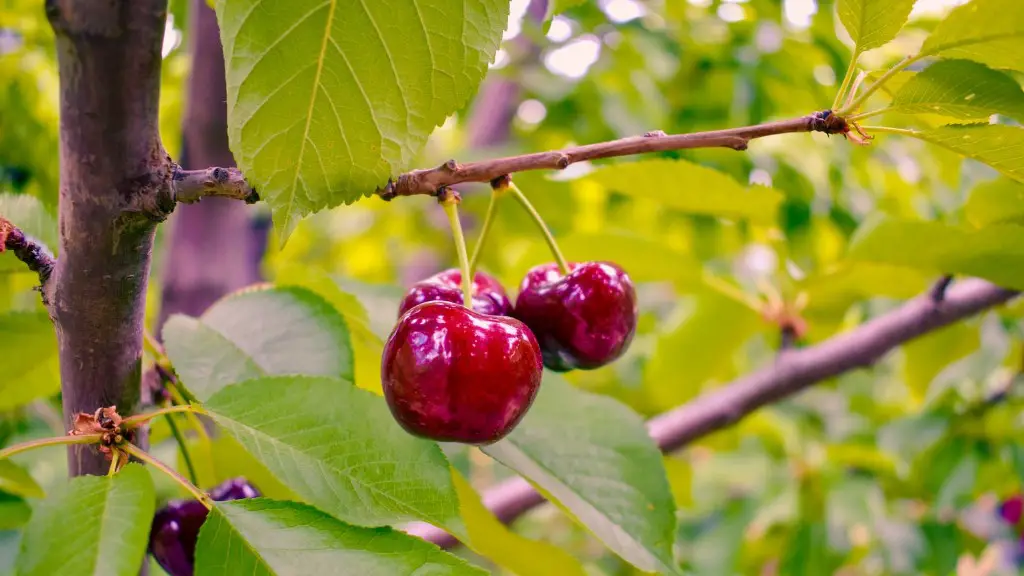Avocado Trees in Texas: What You Need to Know
Texas is known for its hot climate, thrilling rodeos, and cowboy culture. But how about growing an avocado tree? Can you grow an avocado tree in Texas? Absolutely. However, careful consideration of the climate and soil conditions must be taken into account.
Texas is located in USDA Plant Hardiness Zones 8–11. Avocados require lots of water and sunlight, but they are naturally-resistant to many of the diseases and pests that can damage other fruit trees. That said, it only takes a few moments to run through the checklist of factors needed to successfully grow an avocado tree in Texas.
Ideally, your avocado tree will be grown in a warm humid climate with ample rainfall, especially during the summer when the temperatures are high. But rainfall isn’t always consistent. During delayed rains, you will need to adequately water your tree. Additionally, too much precipitation can also be a problem, as it can cause root rot and lead to fungus on the trunk.
Avocado trees need at least 6 to 8 hours of sunlight each day. If planted in a shady spot, the tree will lack growth or could possibly die. The tree needs milder temperatures ranging from 45-85 degrees Fahrenheit (7-29 degrees Celsius). Freezing temperatures and extremely high temperatures during the summer can be problematic.
When it comes to soil conditions, the soil needs to be well-drained and loose enough to provide aeration room for good root growth. Clay and alkaline soils can cause nutrient deficiency and hinder the avocado’s growth. A pH level of between 6 and 8 is optimal, with a slightly acidic environment of 6-7 pH being the best.
You should aim for a soil that has an adequate amount of organic material. If the soil is lacking organic material, in the form of compost and manure, the avocado tree will lack water, oxygen and nutrients.
Finally, your avocado tree is going to require periodic maintenance. Give your tree frequent but conservative amounts of water throughout the growing season, in order avoid root rot. Fertilize your tree periodically to ensure the necessary nutrient uptake. To reduce potential problems, most experts recommend moistening and loosening the soil several feet around the tree. Additionally, pruning should be done for optimal health of the tree.
Growing Avocado Trees in Texas all Year Round
In Texas, some varieties of avocados are restricted to protected areas, like greenhouses. Growing avocados in protected areas makes it easier to manage soil temperature and humidity, potentially expediting the process of germination. That said, there are a few hybrids available that can survive in Texas and provide fruits all year round.
The most popular year-round hybrid being grown in Texas is the “Cold Hardy Avocado” or the Hass Avocado. Grown in containers, the climate should be controlled with minimal freezing temperatures and indoors the tree would need to be placed near a window and receive enough sunlight. However, the tree’s fruit size and flavor may be affected.
The Mexicola Grande is another type of cold-tolerant avocado, that can survive in colder climates and bear fruit 8–10 months of the year. It has hard skin, small seed, and a mild flavor. Another type of cold-tolerant avocado popular in Texas is the Choquette AVOCADO. This type of avocado trees can survive temperatures as low as 22 Fahrenheit (5.5 Celsius). It has an elongated shape and a thick, glossy green skin that turns a deep dark purple when ripe.
While these are good selections for most agricultural zones in Texas, shade trees, such as live oaks, should be planted nearby to lower the temperature around the avocado tree. These trees have adapted to Texas high temperatures, and create a cooler atmosphere around the avocado tree.
How to Harvest Your Avocado Tree
Harvesting avocado fruit is usually as simple as picking it off your tree when it is ready. However, it is important to wait until it is fully ripened, as unripe fruits are inedible and can even affect flower production. As with other fruit trees, unripe fruit can drop off the tree prior to reaching maturity.
The best way to know when to harvest your avocados is to check for color changes in the skin. The skin hue should change from green to a purplish/black. The pressure test is also often used – gently press the skin to see if it offers slight resistance. Once you’re confident the avocado is ripe, use a small ladder to reach it.
To pick the avocado, hold the stem firmly in one hand and use the other hand to twist the fruit until it is detached from the stem. It is important the stem remains intact to increase the chances of the avocado ripening properly. If the stem is pulled off, the fruit won’t ripen.
When harvesting avocados, try not to touch the skin with your hands. Oil and dirt residue can cause discoloration on the skin. If you are going to transport the fruit, it is best to wrap it gently in tissue paper to avoid tearing or damaging the skin.
Avocado Tree Maintenance
With the right conditions and maintenance, avocado trees can live for a long time without any major issues. With proper watering, sunlight, and humidity, your avocado tree should thrive. But there’s other maintenance that can be done to maximize the amount of avocados your tree produces.
Fertilizing your tree is important in the early stages and almost necessary during the growing season. Organic fertilizer is often preferred, as it contains nutrients and beneficial organisms that can help your tree get the most from its soil. Some commercial fertilizers are high in salt, so choices should be carefully made.
You will also need to regularly prune your avocado tree in order to make sure it branch off correctly and keep healthy foliage. Pruning will help keep your tree shorter, which will, in turn, make it easier to harvest the fruits from the tree. An excessively tall avocado tree is a hassle to harvest and can inhibit growth.
Weeds can be a nuisance for avocado trees, as they compete with the avocado tree for resources such as water, sunlight and fertilizers. It is important to maintain regular weeding and mulching to ensure optimum health of the tree.
Can You Grow Avocado Trees From Seeds?
Growing an avocado tree from seed is an exciting and fun activity that many people enjoy. Growing the tree from seed requires the same conditions as any other avocado tree, except the risk is higher. When growing the tree in this manner, it is impossible to know what type of tree you are getting, or how long it will take for the tree to first bear fruit.
That said, for any budding green thumb, the project can still be rewarding and enjoyable, as it can take 3-4 years for your tree to bear fruit. It is important to note that trees grown from seed are unlikely to produce fruit and can be more susceptible to nutritional deficiencies and diseases.
Growing your avocado tree from seed is pretty straightforward. Start by checking for the seed from any ripe avocados. Collect the seeds from the fruit and wash them off. Allow the soaked seeds to air dry before planting. Plant four toothpicks around the seed and suspend it halfway in a jar or glass of water. Change the water every three days until the seed splits and a root appears at the bottom. If you’re patient, you can be met with your own avocado tree.
Other Considerations for Growing Avocado Trees in Texas
In order to have the most success growing your avocado tree in Texas, there are a few other considerations to take into account. Landscape irrigation and supplemental irrigation can help your tree during dry seasons – although it is important to keep in mind that additional water can also bring other concerns.
Be conscious of pest and diseases. Too much water can create the perfect environment for pests, like mites, to flourish. It’s also important to protect against Phytophthora root rot, as this disease multiplies quickly in wet soils. A fungicidal drenching may be necessary.
Deciding when and how to harvest your avocados is also important. Depending on the type, some avocados can ripen on the tree, whereas others must be picked and are then left to ripen off the tree. Additionally, protection from birds and rodents is also important.
Growing an avocado tree in Texas can be an enjoyable experience, but requires a little extra care and preparation. If done correctly, your avocado tree should result in years of enjoyment – being carefully taken care of and mature enough to produce the perfect avocados.



